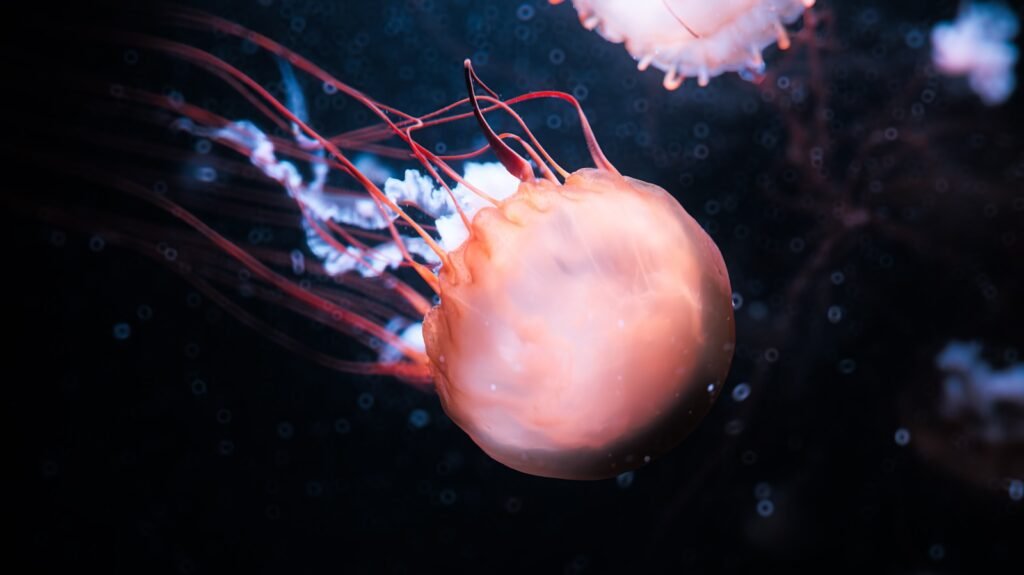Across the world’s oceans, scientists are decoding behaviors that feel strangely familiar: care, rivalry, loyalty, and even what looks like grief. Those patterns offer a playful but revealing lens for a timeless question – how do our emotional archetypes line up with nature’s own? Framed through the zodiac, the exercise becomes a map for empathy as much as an exploration of marine biology. It’s not destiny, of course; it’s a way to translate hard data into stories most of us can feel. And in a century of vanishing reefs and shifting currents, stories that help people care about the sea are more than entertainment – they’re a tool for survival.
The Hidden Clues
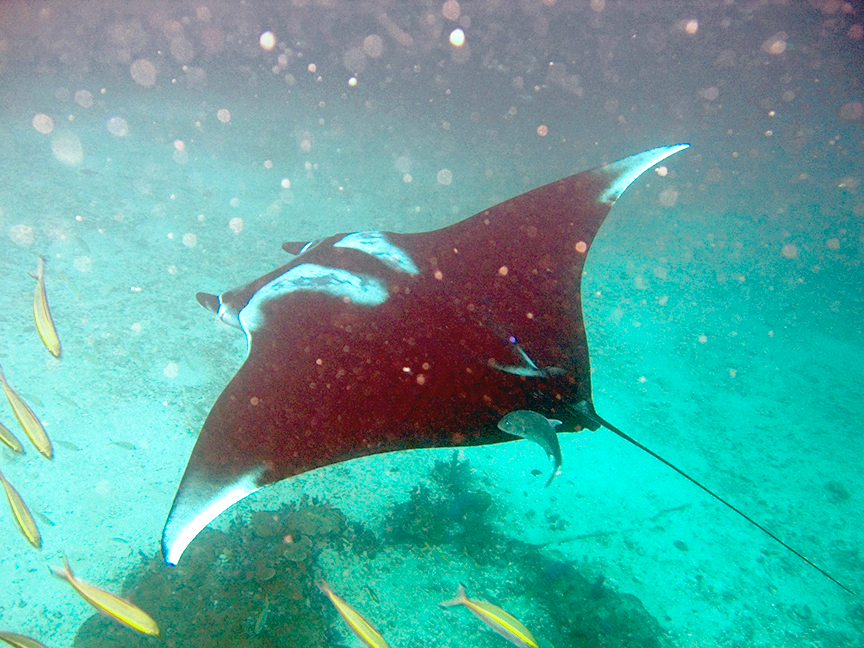
Every dive begins with a moment of quiet: algae ticking in the surge, fish schooling like living weather, a distant call rolling through blue. Emotional life in the ocean isn’t simple, yet researchers keep finding behavior that mirrors our social world, from cooperative hunts to long-distance bonds. When I first watched a manta ray circle a cleaning station, pausing and yielding so others could pass, it felt like stepping into a patient, wordless city intersection.
Those scenes are not just pretty; they’re measurable. Tagging shows who travels with whom and for how long, acoustics reveal dialects that differ by group, and video logs capture negotiations at reefs that look uncannily like queues. Put together, the signals become a lexicon of motive and mood. Seen this way, pairing zodiac traits with sea animals isn’t superstition – it’s a storytelling scaffold for real animal strategies.
The Zodiac in Saltwater: A Working Map
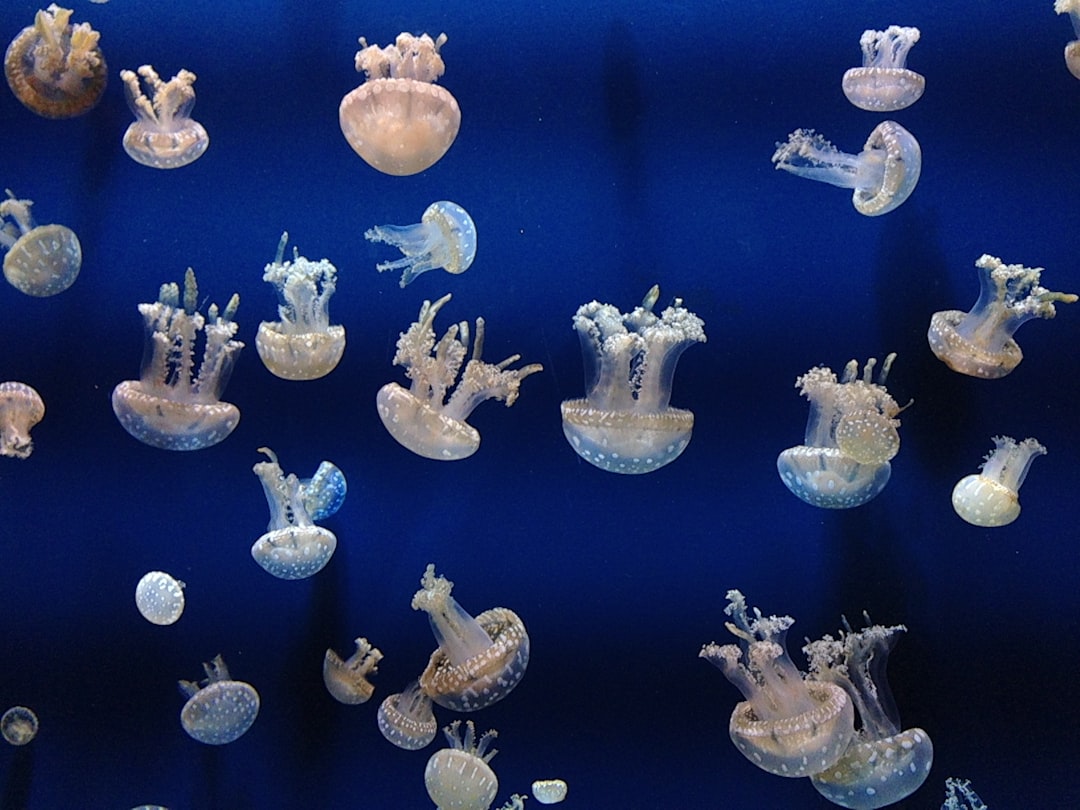
Aries finds a mirror in the mantis shrimp, all color and kinetic impulse, launching one of nature’s quickest strikes while patrolling small territories with oversized confidence. Taurus aligns with the manatee, a connoisseur of calm whose steady routines and grazing days hide quiet resilience when storms or cold snaps roll in. Gemini resonates with bottlenose dolphins, born communicators that swap calls, coordinate tactics, and seem to thrive on novelty.
Cancer is at home with humpback whales, attentive caretakers whose protective interventions and long-term social ties hint at deep, deliberate attachment. Leo fits the orca, charismatic and strategic, navigating family-led societies where leadership and spectacle often go hand in hand. Virgo pairs with cleaner wrasse, meticulous reef keepers that remember clients and enforce norms, rewarding politeness and avoiding cheaters.
Libra glides with butterflyfish, famous for lifelong pair bonds and synchronized movements that look like choreography written for two. Scorpio wears the octopus’s cloak, private and transformative, solving puzzles one day and vanishing into the seabed the next. Sagittarius roams with the sperm whale, an ocean wanderer diving on epic journeys and passing cultural knowledge across generations.
Capricorn stands with the elephant seal, a studious climber of hierarchies whose discipline and endurance decide fates on crowded beaches. Aquarius flashes through sardine shoals, where thousands move as one, a living network that bends and reforms in a heartbeat. Pisces curls around the seahorse, gentle and surprising, reshuffling expectations with male pregnancy and a devotion to slow, careful courtship.
Empathy Underwater
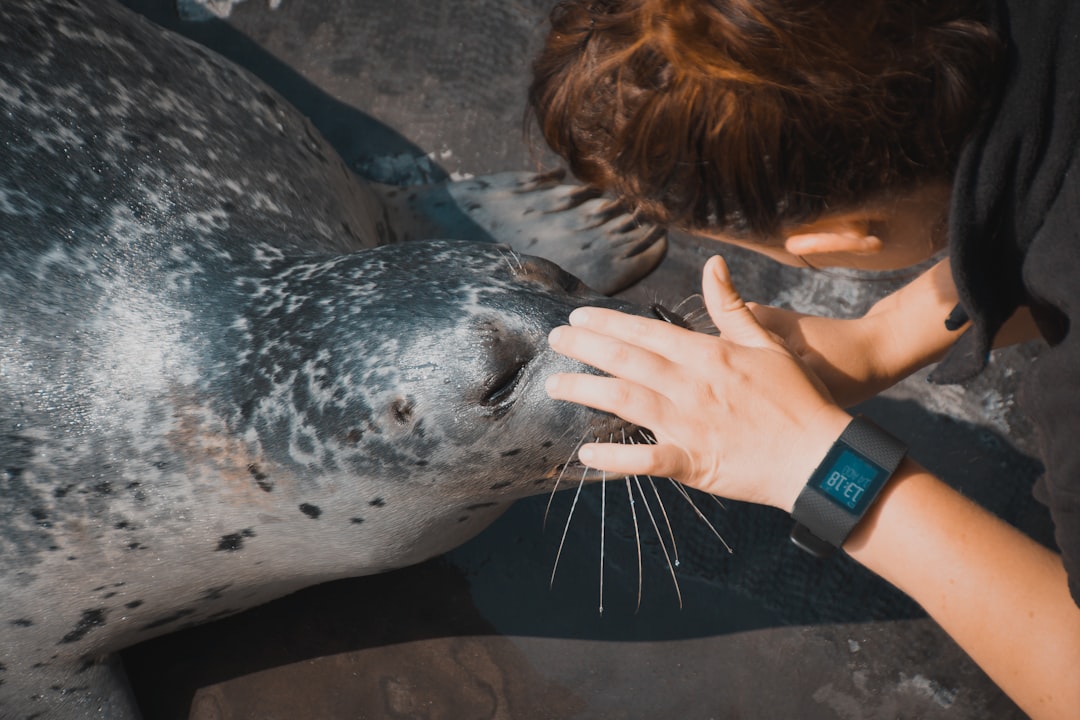
Marine empathy is easy to romanticize and hard to prove, yet some findings keep nudging the needle. Humpback whales have been observed disrupting hunts on smaller whales and seals, a risky behavior that looks a lot like cross-species defense. Dolphins provide care to injured pod-mates and sometimes to other species, sharing the burdens of babysitting and defense in a way that feels eerily domestic.
Even reef fish hint at emotional nuance. Cleaner wrasse appear to recognize familiar “clients,” modulating service and touching stressed visitors to calm them before removing parasites. When a manatee loses seagrass meadows, it lingers, searching waters it once trusted, and that persistence reads like longing. Whether we call these emotions or strategies, they spark the same thing in us: recognition.
Power, Strategy, and Social Order
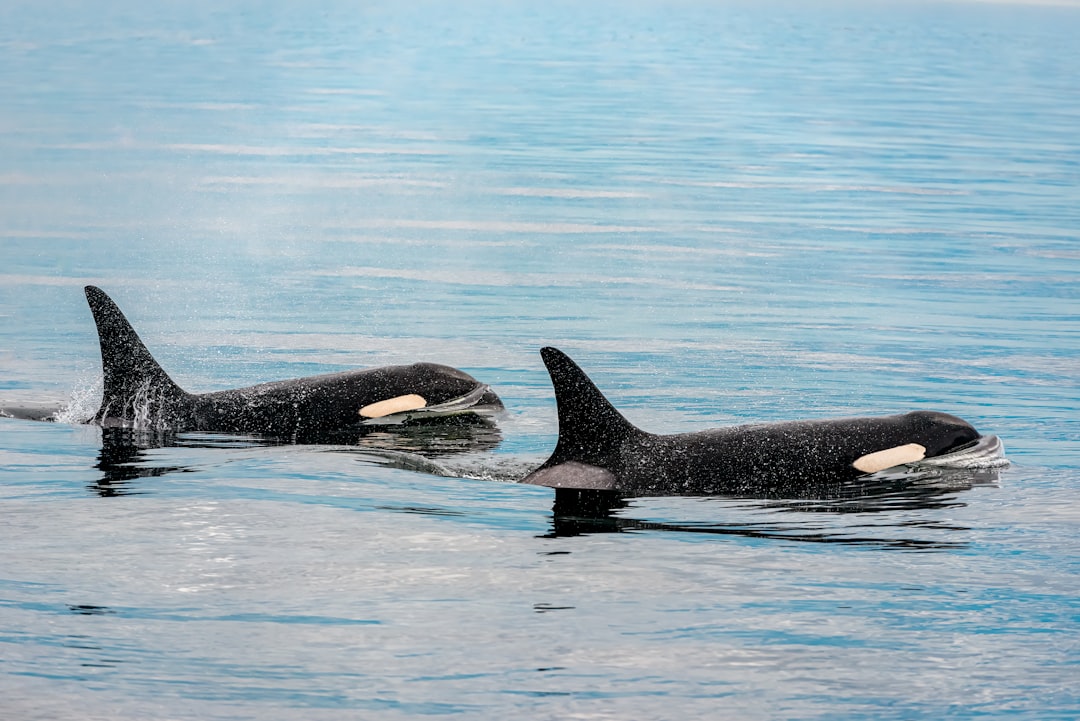
Orcas show that power and tenderness can share a body plan. They are apex hunters with techniques tuned to local culture – one pod corrals herring into shimmering balls, another sweeps seals from ice, and each method is taught, practiced, and refined over years. Inside those elite teams, older females guide foraging routes, a social memory that buffers pods against sudden change.
Onshore, elephant seals wage brutal contests whose outcomes structure entire colonies, a reminder that hierarchy can be both stabilizing and costly. Meanwhile, groupers team up with moray eels, each species leveraging the other’s strengths to flush prey from crevices, a cross-species pact built on timing and trust. Even the flamboyant lionfish – hardly a diplomat – commands space through venom and display, a cautionary tale about the raw optics of power.
Transformation: Molt, Morph, and Regrow
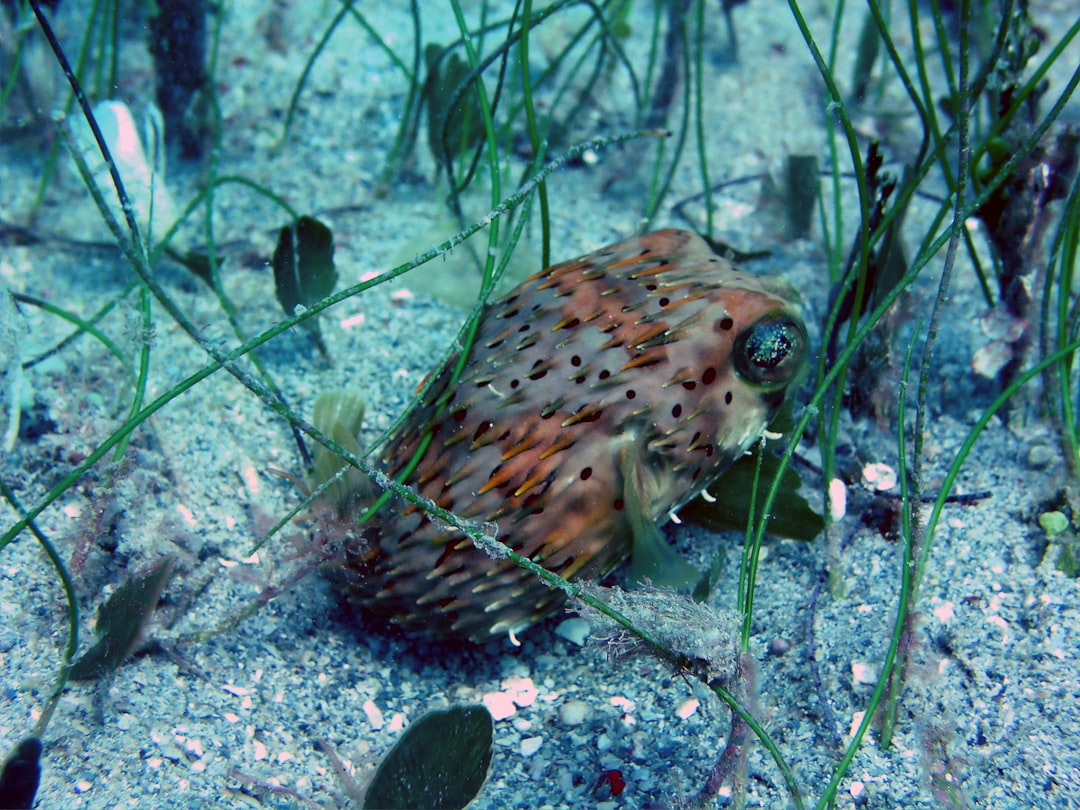
Octopuses slip between identities, switching textures and colors in milliseconds, then regrowing lost arms with casual defiance of injury. Cuttlefish run a living light show, folding meaning into ripples and stripes that convey courtship, threat, and confusion in the same stretch of skin. On the reef, clownfish can change sex to stabilize a breeding pair, a social reset button that keeps small societies intact.
Lobsters step out of their own skeletons to grow, hiding until the new armor hardens, a vulnerable phase that feels like any human reinvention done in secret. Sea stars rebuild arms, sometimes whole bodies, turning catastrophe into opportunity with cellular choreography that still inspires regenerative medicine. Transformation at sea isn’t a metaphor – it’s a survival strategy written in anatomy.
Why It Matters
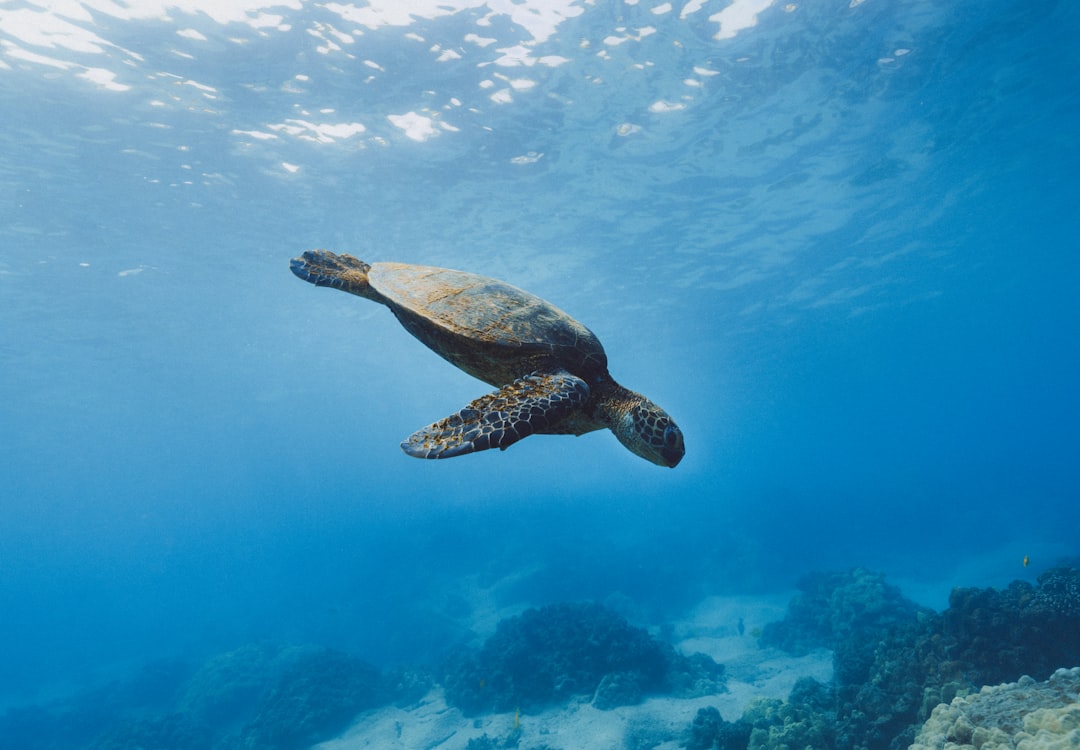
Linking zodiac archetypes to real animals does something classical field notes rarely achieve: it opens the door to people who would never pick up a technical paper. Traditional methods categorize behaviors and quantify rates, but metaphors carry those findings into dinner-table conversations and classrooms. When someone who loves astrology meets the octopus’s remixed identity or the dolphin’s social toolkit, curiosity becomes a bridge to evidence.
That bridge matters because oceans are changing faster than most minds can track. Warmer waters shift migration routes, noise scrambles communication, and oxygen-poor dead zones squeeze life into shrinking refuges. If storytelling turns a distant statistic into a living relationship with, say, a humpback or a seahorse, we gain allies who vote, donate, and pay attention. Emotional truth, grounded in data, is a force multiplier for conservation.
The Future Landscape
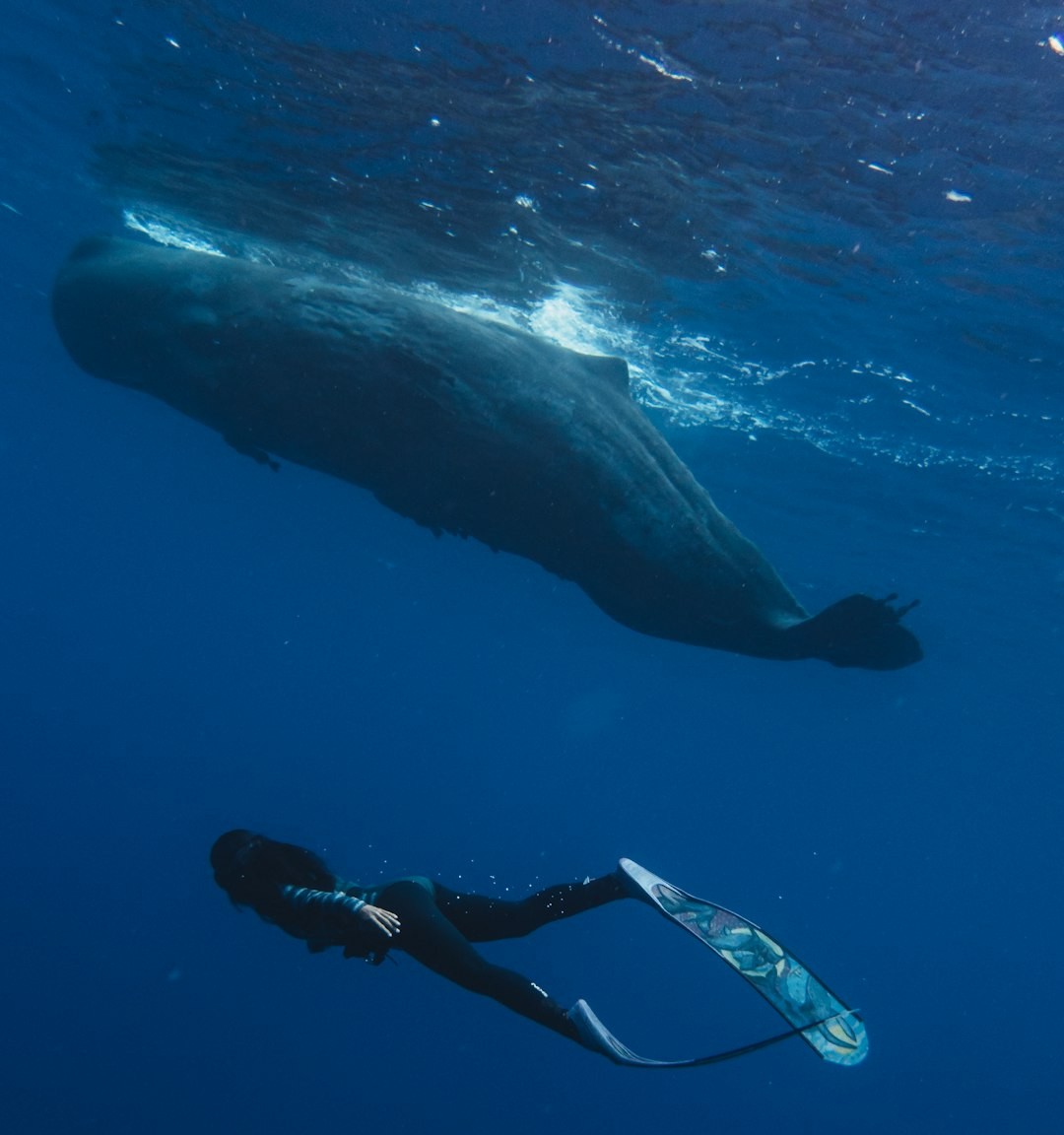
Tomorrow’s insights will likely come from tiny tags and big algorithms. Bio-loggers already record heartbeats at depth, accelerometers parse the difference between play and pursuit, and machine learning cracks dialects hidden in decades of recordings. New satellite constellations will watch the surface for bait balls and heat waves, while autonomous gliders listen for songs and clicks beyond human hearing.
The challenges are just as ambitious. Underwater noise from shipping can drown out courtship calls; rising acidity nibbles at shells and reef foundations; heat pushes animals into risky new neighborhoods where old rules fail. The same tools that reveal emotion-like behaviors can guide protections, from dynamic shipping lanes that shift around whales to real-time closures that give spawning fish quiet. If we want the ocean’s emotional chorus intact by mid-century, we’ll need science, policy, and culture rowing in the same direction.
Conclusion

Engagement doesn’t have to start on a boat. Support marine protected areas and organizations restoring seagrass, mangroves, and reefs – the nurseries that feed everything else. Choose seafood with credible sustainability labels, and push local restaurants and markets to make sourcing transparent. Reduce noise and chemical runoff where you live; what flows from streets and engines eventually writes itself into the sea.
Stay curious: follow tagging dashboards, join community science beach surveys, and share the stories that moved you – whether it’s an orca’s strategy or a seahorse’s quiet devotion. The more we learn, the more these animals feel like neighbors rather than decorations on a horoscope wheel. If the ocean holds a mirror to our emotional lives, what part of yourself do you want reflected back?

Suhail Ahmed is a passionate digital professional and nature enthusiast with over 8 years of experience in content strategy, SEO, web development, and digital operations. Alongside his freelance journey, Suhail actively contributes to nature and wildlife platforms like Discover Wildlife, where he channels his curiosity for the planet into engaging, educational storytelling.
With a strong background in managing digital ecosystems — from ecommerce stores and WordPress websites to social media and automation — Suhail merges technical precision with creative insight. His content reflects a rare balance: SEO-friendly yet deeply human, data-informed yet emotionally resonant.
Driven by a love for discovery and storytelling, Suhail believes in using digital platforms to amplify causes that matter — especially those protecting Earth’s biodiversity and inspiring sustainable living. Whether he’s managing online projects or crafting wildlife content, his goal remains the same: to inform, inspire, and leave a positive digital footprint.

